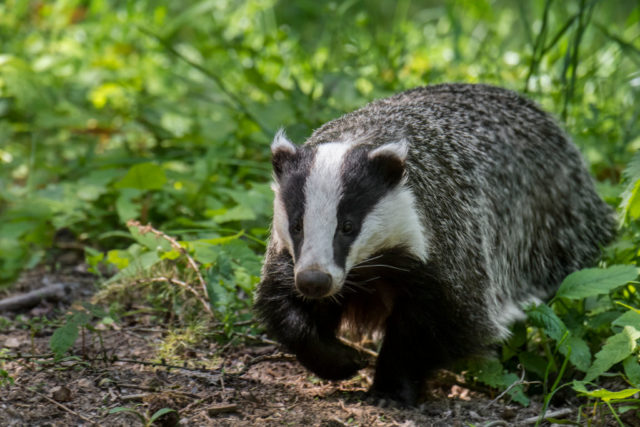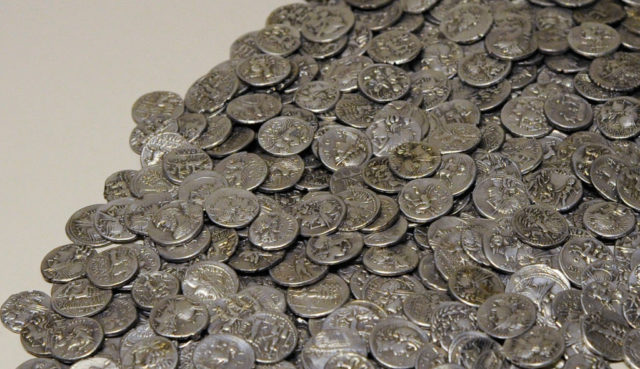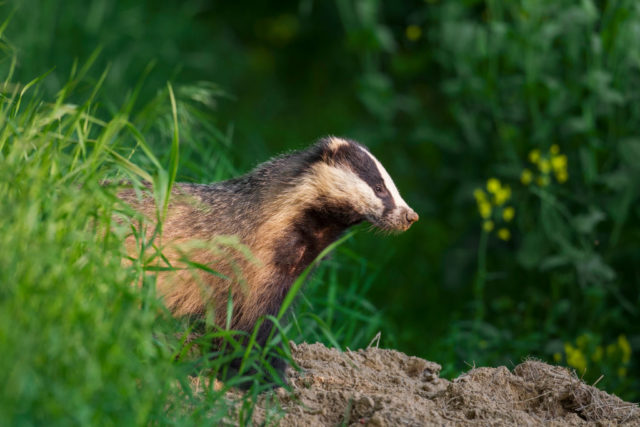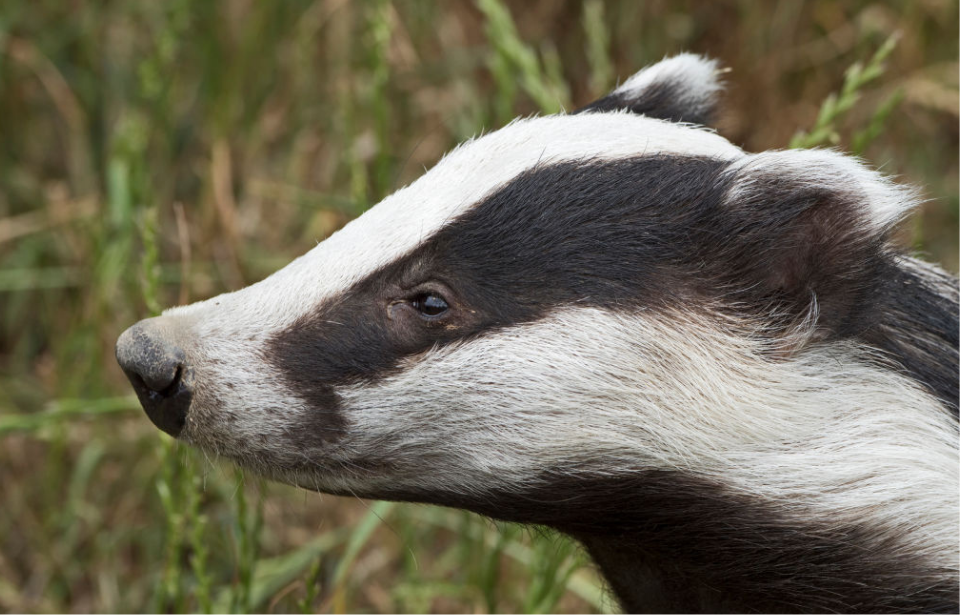Badgers are known to be excellent digging machines. Despite this talent at digging, badgers are certainly not archeologists. However, in 2021, one badger with a knack for antiquities uncovered a trove of ancient Roman coins in a Spanish cave. We seriously can’t make this stuff up!

Archeologists initially discovered several coins at the entrance to a small cave outside the town of Grado in northern Spain.
The coins were found only a few feet from the den of a European badger (Meles meles), leading researchers to theorize that the badger was the one to unearth these coins. The coins were discovered months after a major storm dumped heavy snow across parts of Spain, including the town of Grado.
Researchers who found the coins and the badger’s den believe that the snow forced the badger to leave its den in hopes of finding food. The badger most likely happened upon the cave in hopes of uncovering berries or worms to eat. Instead, the animal seems to have found a stockpile of Roman coins.

A total of 209 Roman coins were found in this cave. These coins date from the third and fifth centuries CE, coming from far away lands, including Constantinople (now Istanbul), Thessaloniki in Greece, and London, England.
In the late 1930s, researchers found another collection of 14 Roman gold coins (known as the Chapipi treasure) in the same woodlands as this newest discovery.
This recent find of 209 Roman coins leads researchers to believe that local people perhaps buried their money to keep them safe during periods of political instability in the region. Lead researcher Alfonso Fanjul Peraza, an archeologist at the Autonomous University of Madrid, told the newspaper El Pais, “the accumulation of significant finds could – with caution – be seen as a response to the intense conflict experienced in the border territory.”

The Romans conquered the Iberian peninsula in 218 BCE. They were in control of this area until they were ousted by the Visigoths in the early fifth century CE. Researchers suspect that these newly discovered coins are part of a larger hoard hidden in the cave.
As of right now, the 209 coins uncovered by the badger are the “largest treasure trove of Roman coins found in a cave in northern Spain.”
More from us: Amateur Divers Uncover One of the Largest Collections of Roman Coins Off the Coast of Spain
Further excavations will look for more evidence of coins in the vicinity, which may indicate the area was once inhabited by displaced Romans. Peraza told reporters, “we want to know if this was a one-off hiding place, or if there was a group of humans living there.” For now, only the badger knows where the additional coins are buried.
